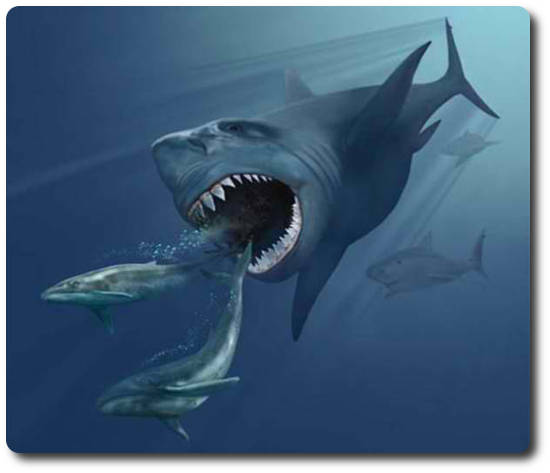Row after row of razor-sharp teeth: They are the lasting terror of shark-filled nightmares, but these bony record books are a dream come true for shark researchers according to Science daily.
Right now, a team of researchers is studying living great whites and other sharks — as well as fossilized shark teeth — to gain insight into everything from shark behavior to their ancient ancestors. They are are using the latest in computed tomography scans to create detailed, high-resolution, three-dimensional models to better analyze shark tooth anatomy, development and evolution.
This latest technology allows the team — Willy Bemis, professor of ecology and evolutionary biology, Cornell graduate student Josh Moyer and Micro CT facilities director Mark Riccio — to examine patterns of tissues and vasculature; they can see the channels left behind by blood vessels and capture images of the developing teeth as they begin to mineralize.
Bemis has amassed hundreds of shark jaws and thousands of teeth, some borrowed from collections around the world, and the team is examining the internal structure of these teeth to see if they offer any clues into fossil teeth. Bemis — who teaches shark biology.
“Sharks are an extremely successful group with a long history of dramatic evolutionary change, not some ancient relic, and they are highly specialized for specific ways of life,” Bemis said. Understanding why they have been so successful throughout their history and evolution could shed light on the evolution of other species as well, he said.
Sharks have been around for about 350 million to 400 million years, and there are currently more than 1,100 living species of chondrichthyes, which also include rays, skates and ratfish.
N.H.Kh

